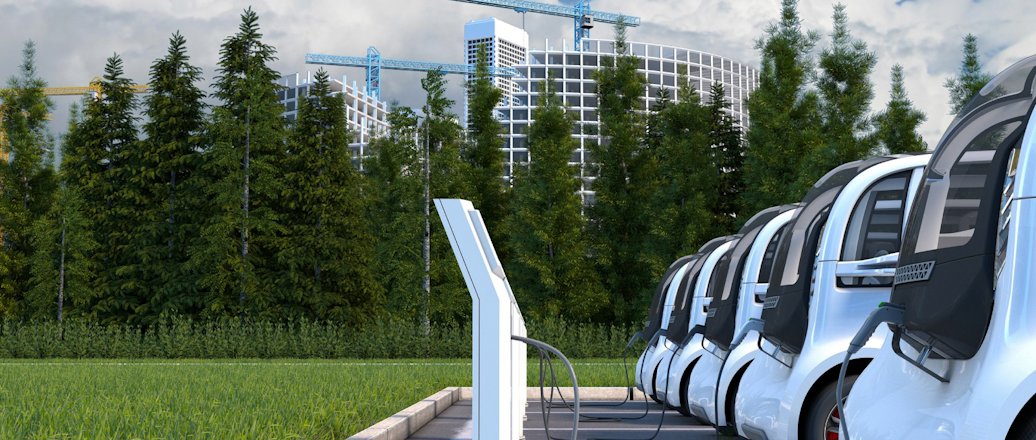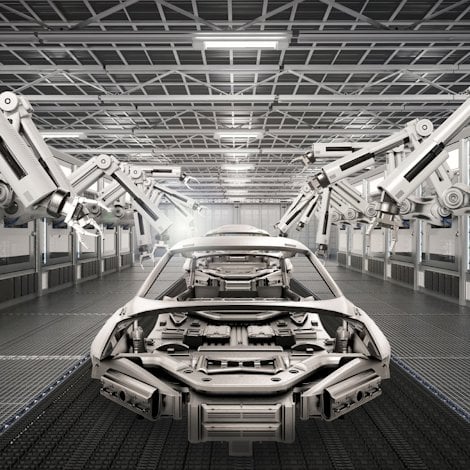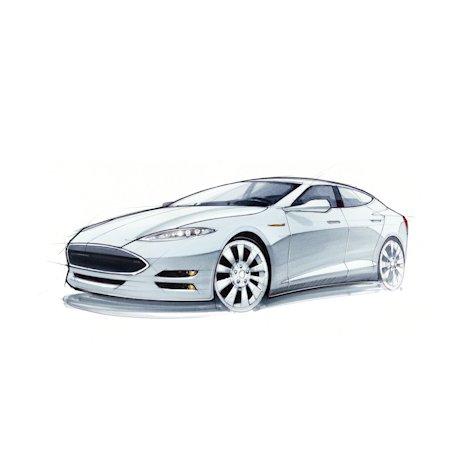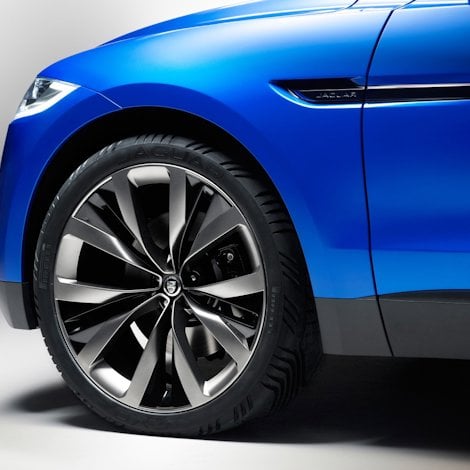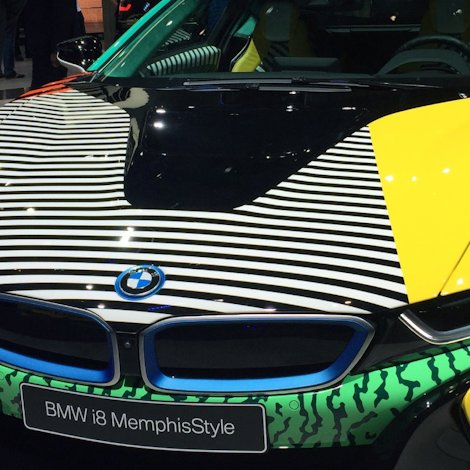How the aluminium industry can work with carmakers to make better vehicles
The whole automotive industry faces huge challenges in the next two decades, not least the emissions and fuel economy challenges. I believe the future of automotive is more use of aluminium, but how much more is up to the aluminium industry.
In my previous role at Jaguar Land Rover, I led over 20 aluminium-intensive body projects. Whatever challenges there were in the 1990s, we have pretty much come up with technical solutions for, and we now can make aluminium bodies in high volume in cycle times that are the same or less than conventional steel bodies.
More best practice sharing and harmonizing on aluminium alloys
There are many ways to make aluminium bodies, closures and chassis systems, but the aluminium industry must help OEMs find the right technical and cost solutions for their models and volume requirements. An example would be to use trim dies or lasers instead of traditional CNCs for faster processing of extrusions to get to the finished part for higher volume parts.
The aluminium industry must listen to the voice of the customer and work with them to come up with cost-effective solutions that allow them to apply the maximum weight savings at the lowest incremental cost. That means sharing best practice and harmonizing on aluminium alloys and standards to make the adoption of more aluminium in future vehicles easier for OEMs.
Aluminium reduces energy use in EVs and ICE vehicles
Using aluminium enables OEMs to maintain much of the existing infrastructure in today’s factories, while reducing weight in the whole vehicle by up to 25 percent. And unlike conventional steel bodies and chassis systems, aluminium can be used as cast, sheet and extrusions to get to the best solution for light weight and the most cost-effective solutions.
Light weight helps use less energy in both electric (EV) and internal combustion engine (ICE) vehicles, and that is good for the environment. But it also brings performance, which makes anything more agile and more fun.
Henry Ford once said that “weight is the enemy of performance” – and he was correct. He was also the first carmaker to produce aluminium cars in significant volume.
Helping design and manufacturing engineers define future vehicle architecture
As well as the emissions and fuel economy challenges, the automotive industry is going through a transformational period on how we use our vehicles, whether this is in the domain of the connected car, or car sharing or autonomous driving.
The cars of 2030 will be radically different to the ICE cars we drive today. A very large percentage of new cars by 2030 will be either battery-electric vehicles or plug-in hybrids, unless there is a significant breakthrough in combustion technology.
This gives design and manufacturing engineers a great opportunity to define future vehicle architecture. The Jaguar I-Pace and Tesla’s models are just the start of the journey and it’s no accident that these are aluminium-intensive vehicles, including the battery structure and much of the chassis as well as much of the drive train.
Improving vehicle performance with aluminium
I have always had an interest in light weight since I was a child, and loved the racing Jaguars that were made from aluminium for better performance.
At college, I discovered that aluminium was not just better for performance, but was more recyclable and if used properly gave better safety performance. Both by reducing the mass of the vehicle, as well as improved energy absorption relative to a conventional steel design.
As I said, I believe the future of automotive is more use of aluminium. But the aluminium industry needs to present the right solutions to OEMs.
Interested in learning more?
We like to listen to our customers and take Mark White’s recommendations to heart. We hope you will get in touch so we can discuss how we can make better cars with aluminium.

